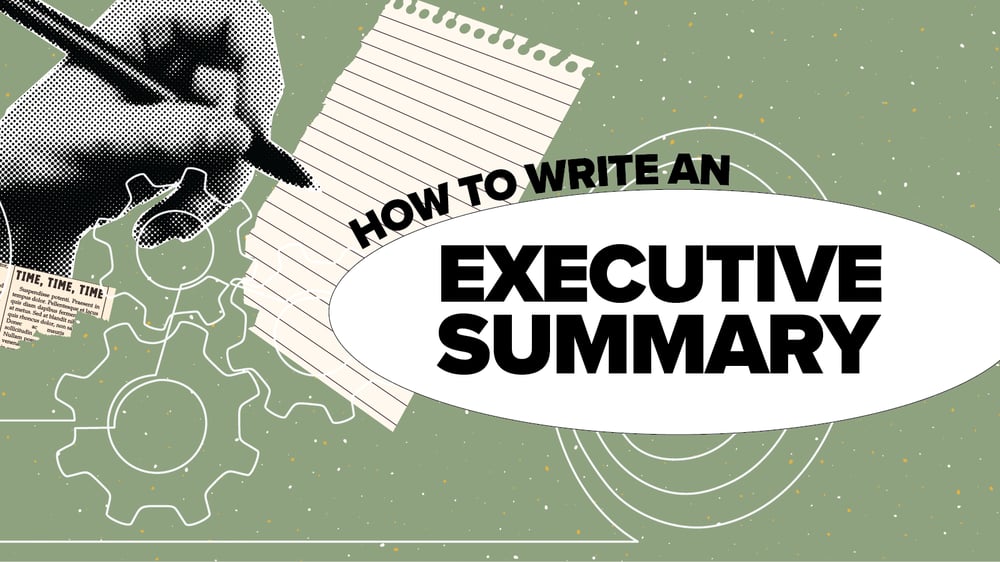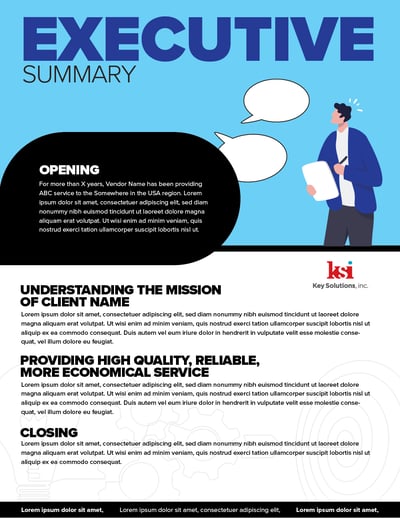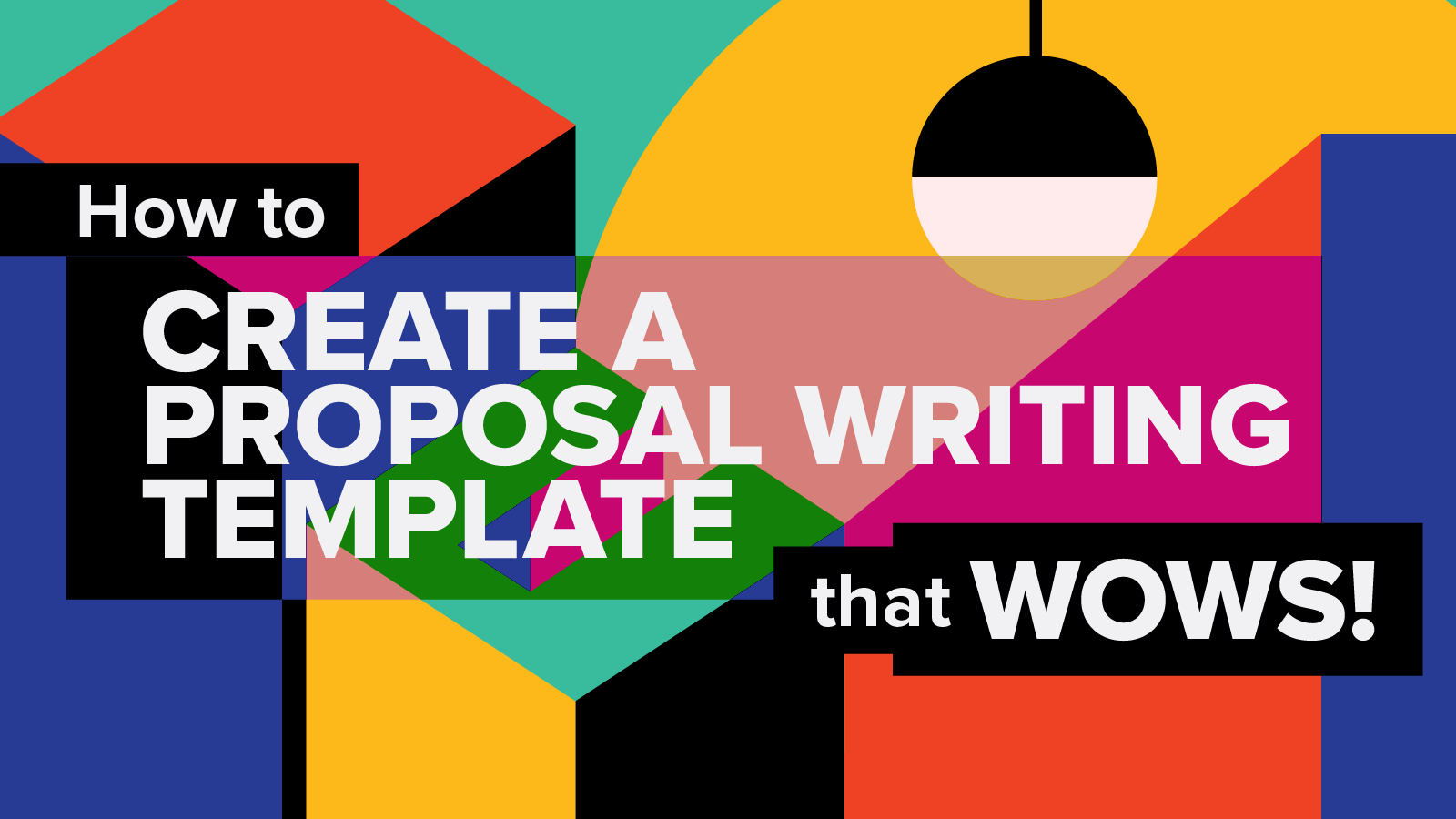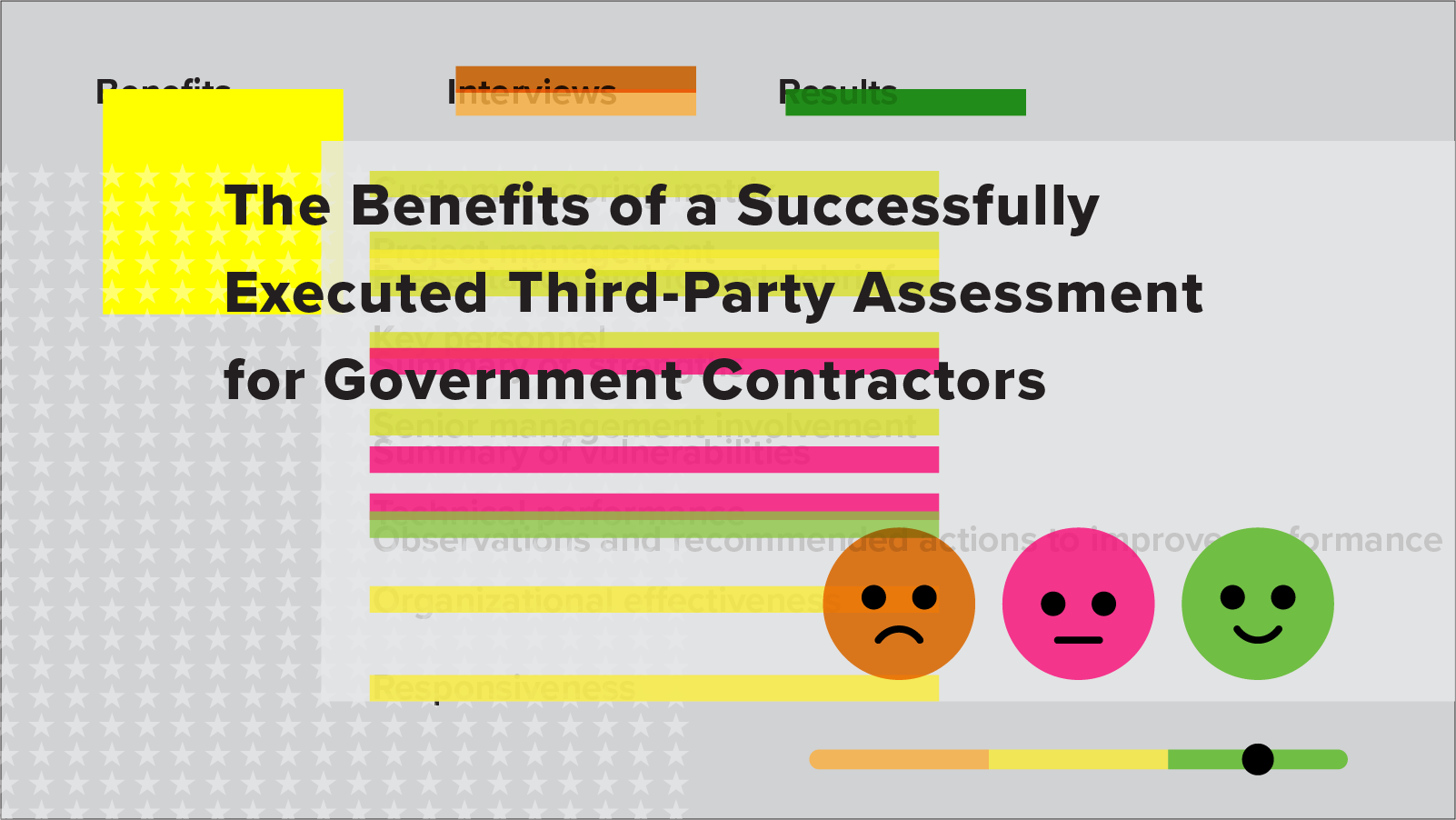
The Executive Summary holds a unique and pivotal role in setting the stage for a winning proposal.
It's not just an introductory section; it's the proverbial key to the door that opens the path to success. The Executive Summary is the gateway to captivating your client's attention and conveying the essence of your proposal. It's your first chance to engage the evaluator, demonstrate your understanding of their requirements, highlight the compelling aspects of your solution, and encourage them to explore your proposal's content further.
In this article, we will explore the purpose of an Executive Summary, its key elements, how to structure it effectively, address challenges that may arise during its development, and provide essential tips for creating Executive Summaries.
Purpose of an Executive Summary
The Executive Summary is a snapshot of your entire proposal. It encapsulates your project's objectives, proposed solutions, and the benefits your client can expect. It's your first chance to make an impact and distinguish yourself from the competition.
Key elements of an Executive Summary

Structuring your Executive Summary
Structuring your Executive Summary effectively is crucial in winning over your audience and distinguishing your proposal from the competition. The following are key structural elements of a well-organized Executive Summary that will leave a memorable mark.

The opening statement is your chance to grab the reader's attention from the beginning. It should be captivating and thought-provoking, compelling the reader to continue with interest. You can achieve this with a powerful statistic, a thought-provoking question, or a concise summary of the problem you intend to address.

Once you have captured your reader's attention, it's time to delve into the heart of the matter. Begin by clearly stating the problem that your proposal aims to solve. Use straightforward language and provide a concise overview of the issue at hand. Avoid jargon or overly technical details at this stage.

After introducing the problem, seamlessly transition into presenting your solution. Make it easy for the reader to connect the dots between the problem and your proposed solution. Briefly explain how your approach addresses the identified issue and why it is uniquely suited to tackle the problem. Be clear and direct in your presentation.

Highlighting the benefits and impact of your proposal is essential to emphasize the value you offer. Explain not only the tangible benefits but also the intangible ones. Paint a vivid picture of the positive outcomes your solution will bring, both for the client and the community or stakeholders involved.

To establish your credibility and reassure the reader of your competence, briefly touch on your expertise and qualifications. Mention relevant key experiences, successful projects, and certifications that demonstrate your capability to execute the proposed solution effectively. Keep this section concise, as the focus should remain on the solution and its benefits.

Conclude your executive summary with a strong closing paragraph that leaves no doubt about why your company is the right organization to execute the project. Reiterate your understanding of the project's deliverables and the value you bring to the table. End on a confident note that reinforces the message that your proposal is the best choice.

Finally, is the Executive Summary visually appealing and well designed? Do graphics have the intended impact?
Challenges when developing an Executive Summary
There are often challenges to developing an Executive Summary. You may come across an RFP that doesn't specify page count, doesn't ask for an Executive Summary, or states that an Executive Summary will not be evaluated. It's essential to adapt your response accordingly. Alternatively, you may face issues with senior management and their vision for the Executive Summary. Here's what you should consider doing in each of these scenarios:
No page count specified: If the RFP doesn't specify a page count, you may consider contacting the issuing authority to seek clarification regarding recommended or maximum page limits. In the absence of a specified page limit, focus on providing all necessary information clearly and succinctly.
No Executive Summary Mentioned: Create an Executive Summary anyway. Even if the RFP doesn't explicitly ask for an Executive Summary, consider including one to make your proposal more accessible and reader-friendly. If you decide to include an Executive Summary, keep it concise and to the point. One technique is to provide the elements of the Executive Summary as part of the introduction to the technical volume since that will be the focus of your solution. You can further strengthen this by summarizing the key elements in a call-out box or a short introductory paragraph to each required volume.
Executive Summary Will Not Be Evaluated: If the RFP states that the Executive Summary is required, but will not be evaluated, create a basic Executive Summary without extensive details. While it may not be evaluated, it is still the gateway to the proposal and should create interest by showing an understanding of the customer’s needs and outlining a compelling, intriguing solution and benefits. Build on this introduction by concentrating your efforts on the main body of the proposal, emphasizing your solution, qualifications, and value to the client in detail.
Senior Management Vision of Executive Summary Purpose: Another challenge you may face is in dealing with senior management's desire to use the Executive Summary as a sales pitch or wanting to write it prematurely. By involving senior management in the right capacity and at the right time, you can ensure that the Executive Summary aligns with the proposal's objectives while benefiting from their expertise and support.
The following are some techniques that may help engage senior management in ensuring the Executive Summary addresses the proposal's strategic goals:
- Educate and Communicate: Engage senior management as early as possible in the proposal process to ensure they have a clear understanding of the proposal development timeline and the importance of waiting for critical solutions and win theme development.
- Explain the Purpose: Clearly communicate the purpose of the Executive Summary, emphasizing that its primary function is to provide a concise, high-level overview of the proposal to engage and inform the reader. It should not serve as a sales pitch but as an introduction to the proposal content.
- Establish Roles and Responsibilities: Set clear roles and responsibilities within the proposal team, specifying who is responsible for each section. Make it clear that senior management's role is to provide guidance and support rather than writing the Executive Summary themselves.
- Emphasize Expertise: Highlight that the proposal team, with their subject matter expertise, is best positioned to create a compelling Executive Summary that aligns with the proposal's strategic goals.
- Develop Win Themes and Proof Points: Work collaboratively with senior management to develop strong win themes and key messages. These themes should guide the content of the Executive Summary and the entire proposal. Ensure that senior management understands the importance of evidence-based proof points that support the win themes. Encourage them to support the proposal team in identifying strong proof points that reinforce the proposal's strengths.
- Set a Timeline: Provide a detailed plan for the proposal development process, showing senior management when each phase, including Executive Summary development, will take place. Emphasize the need for waiting until key elements of the proposal are fully developed before crafting the Executive Summary. This helps show the logical sequence of tasks.
- Present Alternatives: If senior management is eager to contribute early, suggest alternative tasks that can engage their expertise without compromising the development process. For example, they can participate in refining the proposal's strategy or in reviewing sections as they are developed.
- Use Successful Examples: Provide examples of previous proposals where waiting for the right timing and input from senior management resulted in a stronger and more successful Executive Summary.
Tips to keep in mind when developing your Executive Summary: 
- Keep it short and sweet. Pay attention to page count requirements; aim for 1-5 pages without specific guidance.
- Start with your customer. Emphasize how your solution benefits them and aligns with their vision.
- Emphasize key points that make your proposal stand out.
- Use clear and compelling language. Be succinct and avoid over-explaining.
- Tailor the summary to meet the specific requirements of the RFP, addressing the client's needs and priorities.
- Start early in the proposal process and edit rigorously.
Conclusion
The Executive Summary is not merely a formality or a preliminary step; it is the blueprint for success in the proposal world. It serves as a preliminary point of engagement with your client, capturing their initial attention and providing an overview of your proposal's essence. Despite its brevity in comparison to the complete proposal, this section can significantly influence the evaluator's impression, urging them to explore your proposal further.
Crafting a powerful Executive Summary is a critical step in winning over evaluators and securing your next contract. Its purpose, structure, and content can be the difference between a compelling submission and an overlooked proposal.








